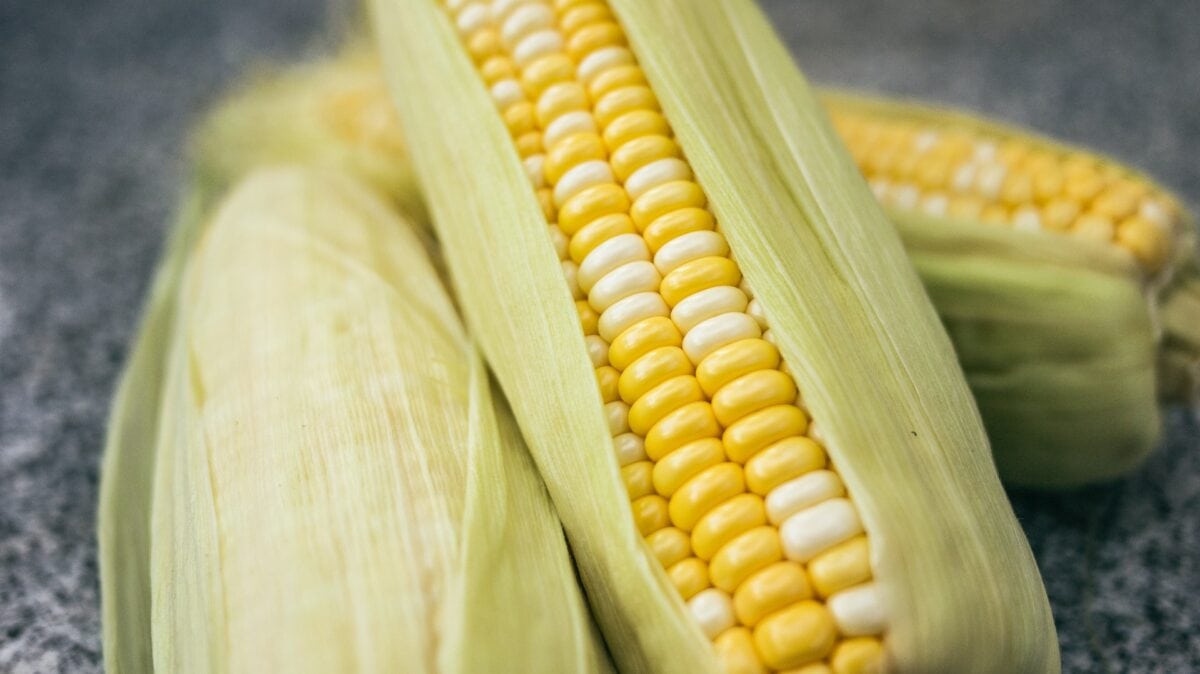Corn is native to North America and was brought to Europe by Christopher Columbus, being one of the most popular and versatile cereals. Even though most of us are familiar with yellow one, we find it in a wide variety of colors – white, reddish, purple, black. You can find it in supermarkets all the year, but the local one, harvested at the end of the summer – early autumn is much better.
Corn is made of cobs, which grows grains, corn silk and the gloves that protect the cobs with grains. Silk, that is yellowish yarn coming out of green stems, is the first to be harvested – for tea – when the grains are still immature (from “milk corn”). Grains are the most easily procured, being used as food. As for flour, it is recommended to use non-gray (not grated) pieces, which keeps much of the therapeutic qualities of its grains.
This cereal is the basis of many traditional dishes from various countries – pudding, tortillas, burritos – snacks such as popcorn or corn chips or cooked / baked.
What nutrients does it contain?
Corn is rich in protein and carbohydrates, which makes it a good source of energy. At the same time, carbohydrates do not allow grease to be deposited. Corn contains fiber, vitamin C and other antioxidants (eg, corn contains a strong carotenoid with antioxidant properties found in oranges, papaya, pepper or mandarin, but is much higher in maize) and smaller amounts vitamin B3, vitamin B5, vitamin B9 (folic acid) and mandarin.
From the point of view of nutritional value, it is not a necessary cereal, so it is not recommended to be offered to infants. It is, however, ideal to be introduced into the diet when the baby begins to eat with his hand, being shaped to facilitate the exercise of this skill.
What are the benefits of corn consumption?
Due to the content and ratio of soluble fiber – insoluble fiber, the passage of raw corn through the intestine helps in the formation of friendly bacteria and in the production of energy, a process which in time helps to prevent colon cancer. It contains a considerable amount of antioxidants and contributes to the control of blood sugar levels and hypertension.
150 grams of corn contains:
14% of the daily fiber requirement
14% of daily vitamin C needs
12.5% of the daily requirement for vitamin B3
12% of daily vitamin B5 requirements
12.5% of the daily manganese requirement
Corn has long been used in traditional Romanian cuisine with cooked flour meal called “Mămăligă”. It is an adjuvant in detoxifying the body and cleansing the intestines, regulates the blood glucose concentration and reduces the amount of cholesterol in the blood. Daily consumption decreases by 60% the risk of mental illness caused by thyroid dysfunction. Neither the silk of corn was left unused. Tea made from corn silk is very effective as a diuretic and for removing kidney stones.
When can I put this cereal into my baby’s diet?
Boiled corn is recommended for infants only after one year of age, for several reasons:
– is a plant with high allergen potential
– dangers of drowning
– grains are relatively small and harder to handle by babies
– contains mostly carbohydrates, being less nutritious babies
– is quite difficult to digest by babies
If you decide to put the corn in your baby’s diet, it is a good idea to have a pediatrician’s discussion and follow the 4-day rule. Butchery (corn flour) can be offered in the form of maize from the age of 8 months. Some suggestions for recipes: yoghurt and dates; mozzarella with avocado and tomato sauce.
How to choose and store corn?
Corn is found in a variety of derivatives: fresh / raw, canned, peanut, syrup, etc.
When buying a fresh one, put away the leaves and silk and check that grains looking good. The leaves must be green, not dried. The corn is stored in the refrigerator for 1 to 3 days, wrapped in food foil; do not remove strawberries as they keep the freshness and flavor of corn.If you want to keep it for a long time, put it in the freezer, either with the beans or with the whole cochlea. For both versions, corn boils in advance (with a cocean with everything) for 7-10 minutes. If you choose to freeze the grains, they are cut from the pot, after boiling, about ¾ of their size. Whole frozen corn can also be stored in the freezer for up to 12 months, the grain only 2-3 moons.
Keep the butter in a dry place in metal or glass bags or dishes, clean and covered. From time to time he must be lightly lazy to be airy. It is possible to enter an object of iron, which gives “cold” and does not allow the roast to melt inside the glaze pot. Maize is not on the list of foods most contaminated with pesticides, herbicides and chemical fertilizers. But great concern is linked to genetically modified maize, which can cause side effects such as allergies. In order to avoid genetically modified products, you can opt for organic one.
Sources:
http://wholesomebabyfood.momtastic.com/cornbabyfoodrecipes.html
http://whfoods.org/genpage.php?tname=foodspice&dbid=90
Photo by Phoenix Han on Unsplash
